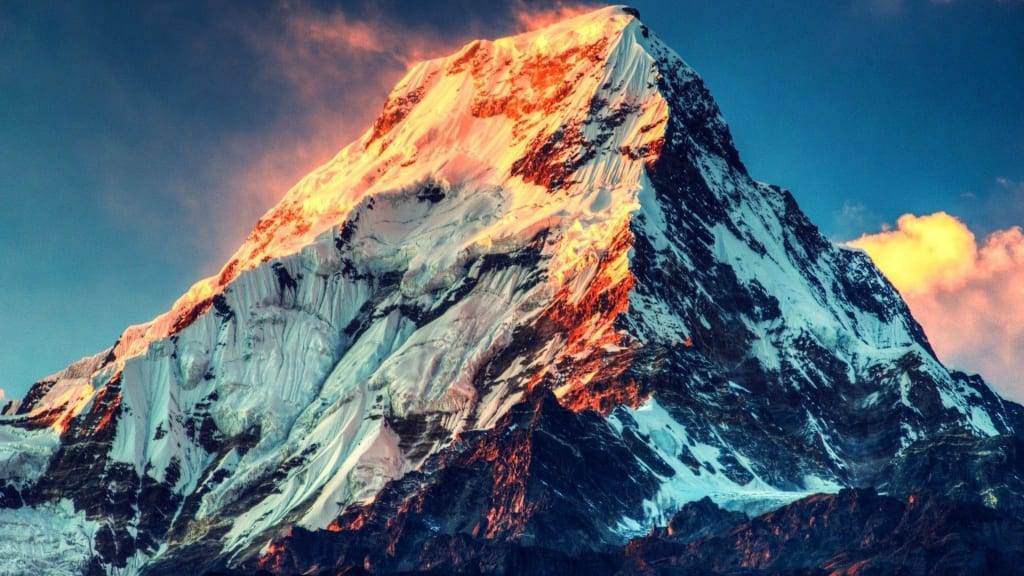The True Tallest Mountain on Earth
For centuries, Mount Everest has enjoyed its reputation as the tallest mountain on Earth. Towering 8,848 meters above sea level, its snow-capped peak seems to scrape the sky. Yet despite its lofty status, Everest's claim to being the world's tallest mountain is shaky at best. As it turns out, by several reasonable metrics, Everest is not the tallest mountain at all.
The common misconception stems from the early 19th century Great Trigonometrical Survey of India. This ambitious 70-year cartography project aimed to precisely map the Indian subcontinent. In doing so, it measured the heights of the Himalayan mountains, including Everest. When officially named in 1865, Everest was declared the tallest. But much has changed since then.
For starters, Everest is not the tallest mountain from base to summit. That honour belongs to Hawaii's Mauna Kea, an immense volcano on the island of Hawaii. At 10,210 meters tall, Mauna Kea dwarfs Everest by over a kilometre. However, since over half of Mauna Kea lies below sea level, its summit reaches only 4,207 meters above sea level. This technicality allows Everest to retain its record in terms of elevation above sea level. But if we simply measure base to summit, Mauna Kea definitively tops Everest.
Comparing underwater base to above-water height seems perfectly logical. After all, no one would deny the world's tallest man his record simply because he went for a swim. Yet Everest receives a free pass in this regard. So while Mauna Kea's less visible, underwater bulk disqualifies it from some record books, by any sensible measurement it remains the taller mountain.
But even reputation as the highest peak above sea level remains debatable. Due to the Earth's bulge around the equator, mountains there sit kilometres closer to the planet's core. This grants them a significant boost in height from the Earth's centre, despite lower elevations above sea level.
Take Ecuador's Mount Chimborazo. At just 6,268 meters elevation, it does not even rank among the 200 tallest mountains by that metric. Yet its location just 1 degree south of the equator places its peak a full 1.3 miles farther from Earth's centre than Everest's. This makes Chimborazo the farthest point from the planet's core, earning it the title of "highest" mountain on Earth.
In truth, Chimborazo held historical significance long before Mount Everest captured the public imagination. For centuries leading up to the 1800s, Chimborazo was thought to be the tallest mountain on the planet, as no evidence suggested otherwise. While early calculations certainly erred regarding Chimborazo’s height above sea level, its status as Earth's “highest” mountain went unchallenged for generations.
So in the end, which peak deserves the title of “tallest?” Each has a convincing case. Mauna Kea is inarguably the tallest from base to summit. Chimborazo is definitively the highest point from the Earth’s centre. Everest, on the other hand, makes a somewhat dubious claim as tallest above sea level, assuming we exempt underwater bases for no clear reason.
By any rational standard, Everest is at best one of several mountains vying for “tallest.” Its unique value lies in the fact that no peak on Earth reaches further into the atmosphere. The summit provides access to altitudes unparalleled anywhere else. And for that, the legendary mountaineering mecca will likely continue drawing adventurers to its slopes for centuries to come. Yet despite its rarefied air and unrivalled climbing allure, by most objective Earth science standards, Everest is simply not the world's tallest mountain.



No comments yet
Be the first to share your thoughts!